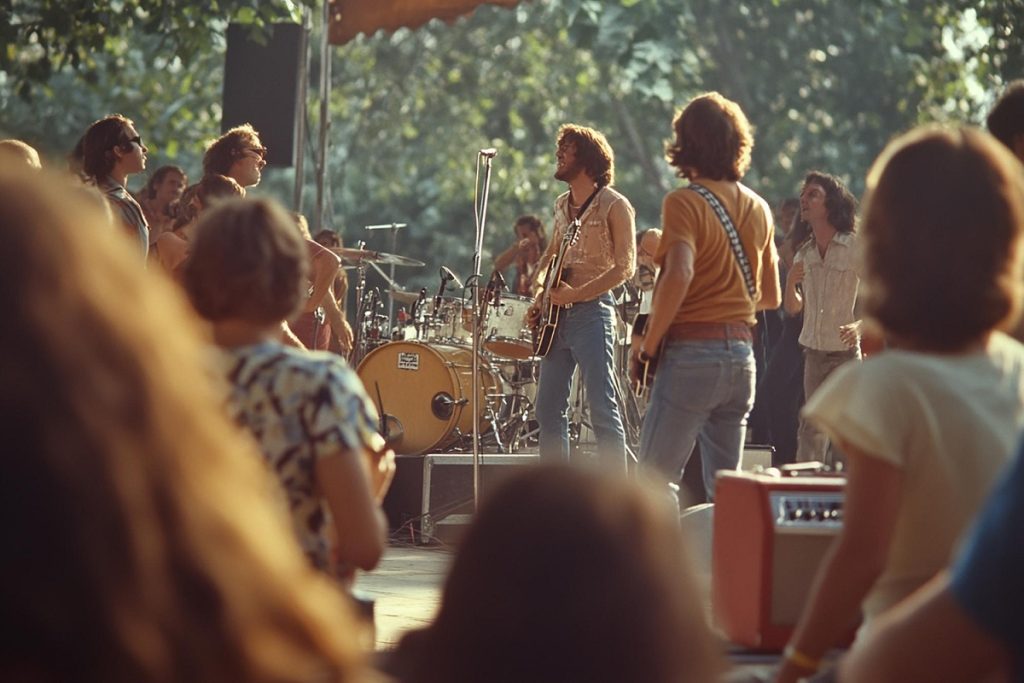Stevie Wonder’s “Songs in the Key of Life” is more than just an album. It’s a profound narrative that redefined the boundaries of R&B and continued to influence countless artists and genres.
Released in 1976, this ambitious double album encapsulates a breadth of themes from love and life to social issues, all wrapped in rich, sophisticated sounds that have not only stood the test of time but have also become a blueprint for music experimentation across the board.
Key elements of “Songs in the Key of Life”
Album structure and sound
The album’s expansive approach combining funk, soul, jazz, pop, and a hint of classical, showcases Wonder’s virtuosity and unwillingness to conform to a single genre.
Tracks like “Sir Duke” and “Isn’t She Lovely?” resonate with vibrant horn sections and catchy melodies, while “Pastime Paradise” delves into a hauntingly beautiful orchestral arrangement that hip-hop artist Coolio would later sample in his 1995 hit “Gangsta’s Paradise.”
Lyrical depth
Lyrically, Wonder ventured deep into social commentary with songs like “Village Ghetto Land” and “Black Man,” offering a stark narrative on racial inequality and a celebration of historical figures in African-American history.
This complex layering of socially conscious themes with upbeat, even celebratory music was groundbreaking and is a key factor in its lasting influence.
Influence and cultural impact
The cultural footprint of “Songs in the Key of Life” is immense, influencing artists across various music spectrums.
R&B artists, in particular, have borrowed from Wonder’s integration of complex arrangements and harmonies, his emotional depth, and his ability to interweave social messages with engaging, uplifting music.
Artists like Mariah Carey, Whitney Houston, and John Legend have all cited Wonder’s work as pivotal in their own artistic development.
Michael Jackson once noted that “Songs in the Key of Life” was his favorite album, highlighting its deep impact even on the King of Pop. Its release during America’s bicentennial at a time of social and political upheaval gave it a resonance that spoke to an entire generation, pressing for progress and understanding through the medium of music.
Unique insights and anecdotes
An interesting facet about the album’s creation was Wonder’s use of new technology, particularly the Yamaha GX-1 synthesizer. This piece of equipment enabled a richer, fuller sound, setting a new standard for musical production quality.
Moreover, the album’s recording sessions were known for their open, collaborative nature, attracting musicians and vocalists from various backgrounds, which added to the eclectic sound of the album.
During an interview, Wonder shared that the song “Isn’t She Lovely?” was inspired by the birth of his daughter, Aisha.
Rather than a simple pop song, it became a celebration of life itself, encapsulating the raw, profound joy of new fatherhood.
“Songs in the Key of Life” stands as a colossal achievement in music history. Its innovative approach to songwriting, recording, and production left a lasting legacy on the R&B genre and beyond, influencing the course of modern music.
Stevie Wonder did not just create an album; he crafted a rich, auditory tapestry that artists have tried to emulate decades after its release. Its importance and relevance continue, demonstrating that true artistry can indeed change the world one song at a time.






